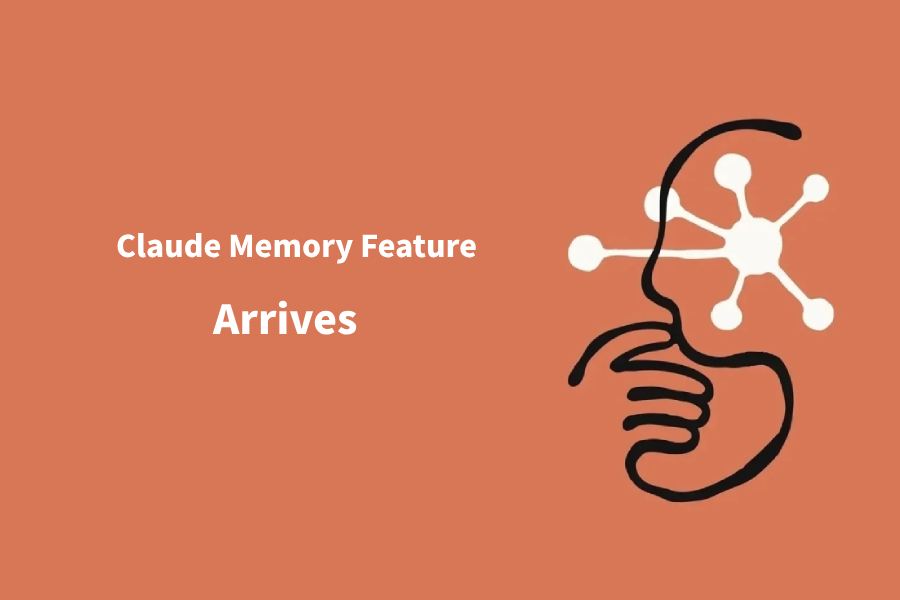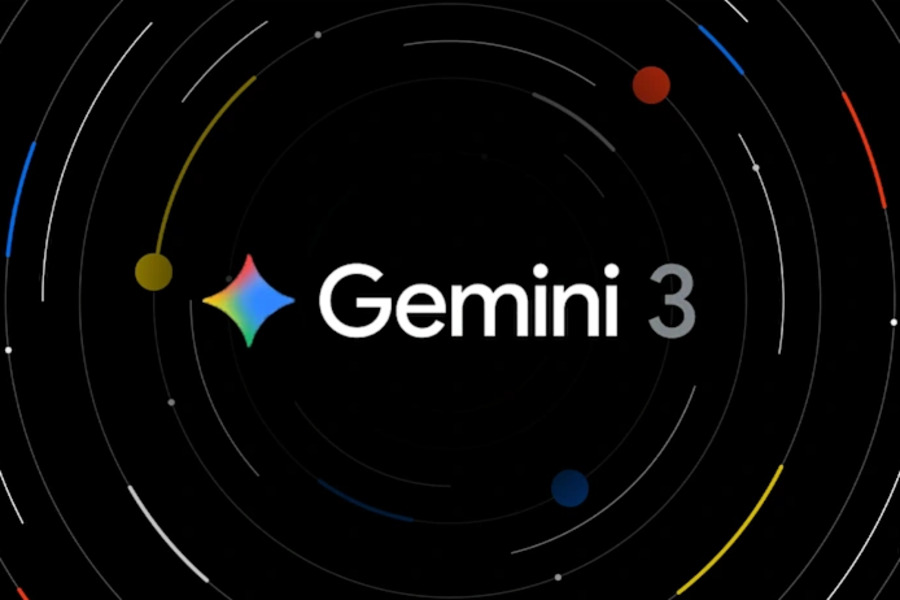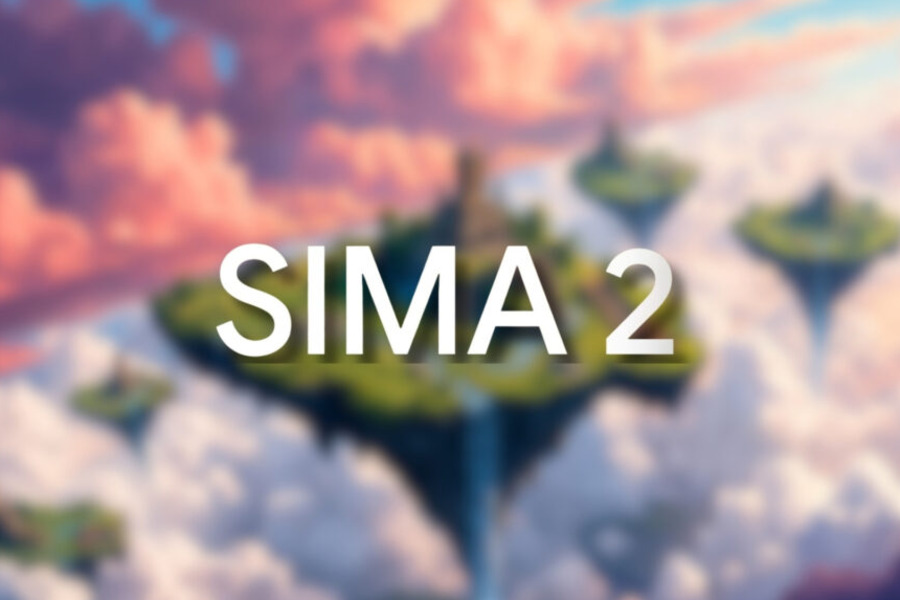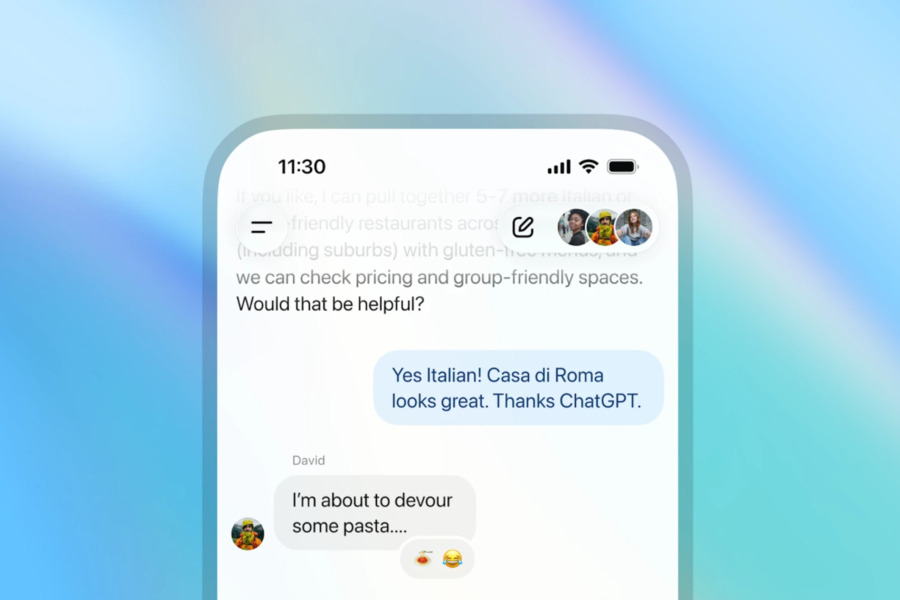Anthropic recently announced that the Claude memory feature is now fully available to paid users. This highly anticipated feature is currently being rolled out to subscribers of Claude Max, Team, and Enterprise tiers, with support for synchronized use across web, desktop, and mobile platforms.
The activation process is straightforward: users simply need to go to their profile page, click on settings, and toggle the feature on in the “Search and Reference Chats” section. For Pro version users, the company states the feature is “coming soon,” while free users will need to wait for future updates.
This launch marks a significant shift for AI assistants from “single-session tools” to “long-term memory partners.” An Anthropic product lead stated: “Memory functionality has been one of the most requested features by users. We believe this will significantly enhance Claude’s practical value.”
I. The Common Pain Point of Current AI Tools: Terrible Memory
Most large language models share a fundamental flaw – the system “resets” all previous conversation content whenever a new dialogue begins. This design forces users to repeatedly reintroduce themselves, restate project backgrounds, and constantly reiterate their preferences and needs.
“Imagine having to reintroduce yourself and explain your work every time you meet your assistant – it’s maddening,” described a UX designer who frequently uses AI tools about the current system’s shortcomings. This memory deficiency not only reduces efficiency but also leads to extremely fragmented user experiences, becoming an industry-recognized technical limitation.
Market research shows that over 78% of AI tool users report having to repeatedly input the same information at least five times per week. This repetitive labor not only wastes time but severely impacts the practicality of AI assistants and the coherence of user experience.
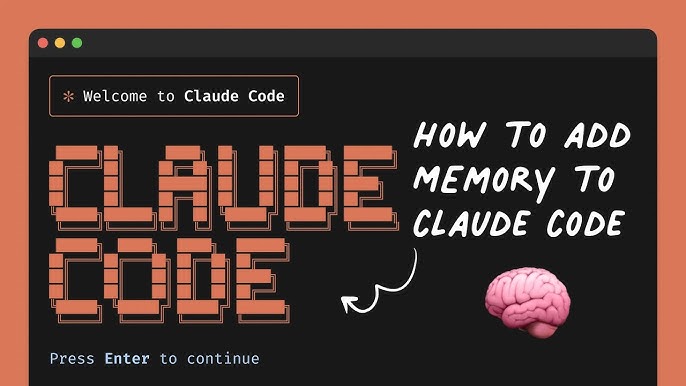
II. Three Breakthroughs of Claude Memory Feature
1. Intelligent Extraction, No More Manual Entry
The most notable advancement of Claude memory feature lies in its automation. The system can intelligently extract key information from users’ conversation history, including professional background, age range, language style preferences, and other important data. This “learning memory” eliminates the tedious manual setup process of traditional AI tools, making memory more natural and fluid.
An early beta tester reported: “I don’t need to specifically tell Claude what I do – it already knows my profession and commonly used terminology from our previous conversations. It feels like talking to someone who genuinely understands me.”
2. Multi-scenario Isolation, Flexible Switching
Addressing modern users’ diverse work and life scenarios, Claude memory feature has designed a unique “memory profile” system. Users can create separate memory banks for different projects or life situations, ensuring work conversations remain distinct from private communications.
For example, users can create different memory profiles for “market analysis project,” “French learning,” and “travel planning.” When switching to specific scenarios, Claude will only access relevant memory content, maintaining both professionalism and privacy.
3. Seamless Connection, Continuous Progress
While traditional AI tools treat each conversation as a “fresh start,” Claude memory feature achieves true continuity. When users ask follow-up questions, Claude can review previous discussions, automatically generate summaries, and continue developing the conversation from that foundation.
A product manager shared his experience: “Last week we discussed product roadmaps. Today when I asked ‘about the feature priorities we mentioned last time,’ Claude not only remembered the specifics but could offer new progress suggestions, greatly improving work efficiency.”
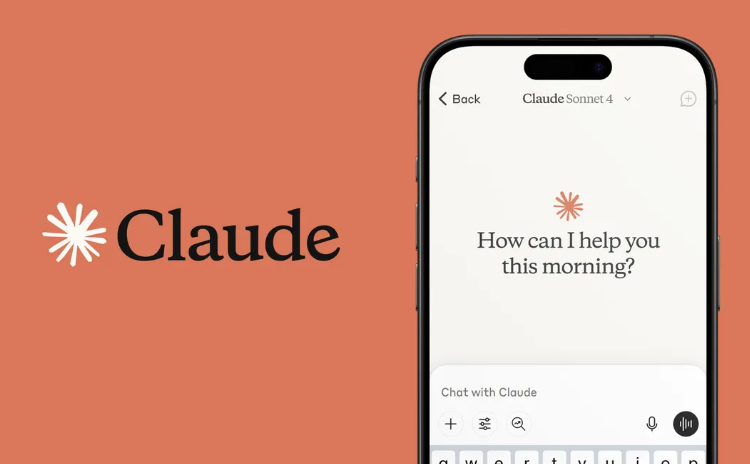
III. Claude Memory Feature vs. ChatGPT Memory Feature
In terms of AI assistant memory functionality, Claude memory feature adopts a completely different technical approach from ChatGPT. While ChatGPT requires users to manually preset basic information like “who I am,” Claude builds user profiles through “reading history for automatic memory.”
Notably, Claude currently doesn’t silently update user profiles in the background – it only retrieves relevant historical records when explicitly queried. This design provides personalized service while better protecting user privacy and preventing data overuse.
A technology expert noted: “Anthropic has chosen a more cautious path. They’re not trying to remember everything, but focusing on remembering what truly matters for continuous conversation. This balance is wise.”
Final Words:
The launch of Claude memory feature is just the beginning of AI personalization development. As technology advances, we can anticipate future AI assistants will have more precise, comprehensive, and secure memory capabilities. This evolution won’t just change how we use AI tools but may redefine the fundamental patterns of human-computer interaction.
As a tech commentator remarked: “AI with memory is no longer just a tool, but beginning to become a true digital partner. Claude memory feature has taken an important step, but this revolution in AI memory is just getting started.”
As for whether Claude memory feature can truly address user pain points and genuinely understand contextual semantics – we’ll have to wait and see.
